Taylor Guitars Founder Bob Taylor is Saving Africa’s Vulnerable Ebony
The Ebony Project hopes to ensure premium fretboards, bridges and acoustic accessories for the foreseeable future.
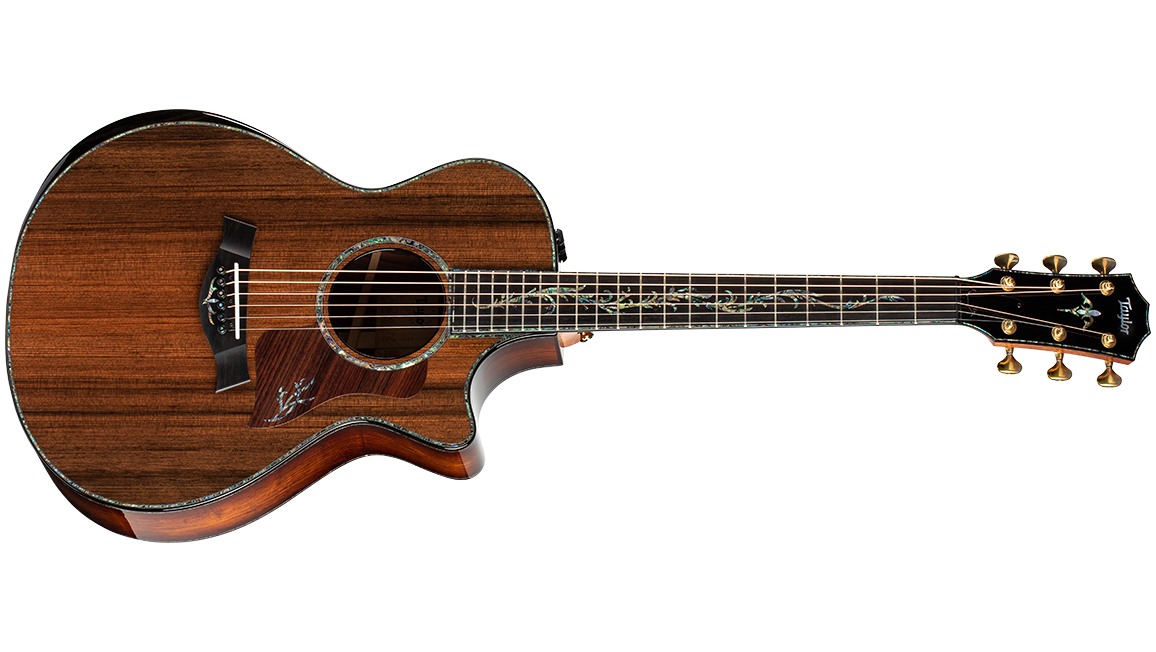
"This feels like the last stand,” Bob Taylor says. “Other traditional ebony-producing countries, such as Madagascar, India and Sri Lanka, have been logged very heavily, with not a lot of thought for the future. But there’s still a lot in Central Africa, Cameroon in particular, that we can make last, if we’re smart about it.”
Sometimes it can be hard to see the forest for the trees, but one thing is painfully clear: There is no forest without the trees.
Taylor Guitars is on a mission to make sure guitar players never have to experience that sad reality. Using his personal finances, as well as the considerable resources of Taylor Guitars, he is saving trees and setting up his legacy with the Ebony Project. Having handed his company over to master guitar designer Andy Powers, whose V-class bracing is redefining Taylor’s guitar line, Taylor has been free to focus on the bigger picture.
He hired Scott Paul, the former forest campaign coordinator at Greenpeace, to serve as Taylor’s national director of Natural Resource Sustainability. Together with a team of experts from a wide range of fields, they are working with local communities in Cameroon to propagate and plant ebony trees, as well as other fruiting species, with an eye on long-term economic viability.
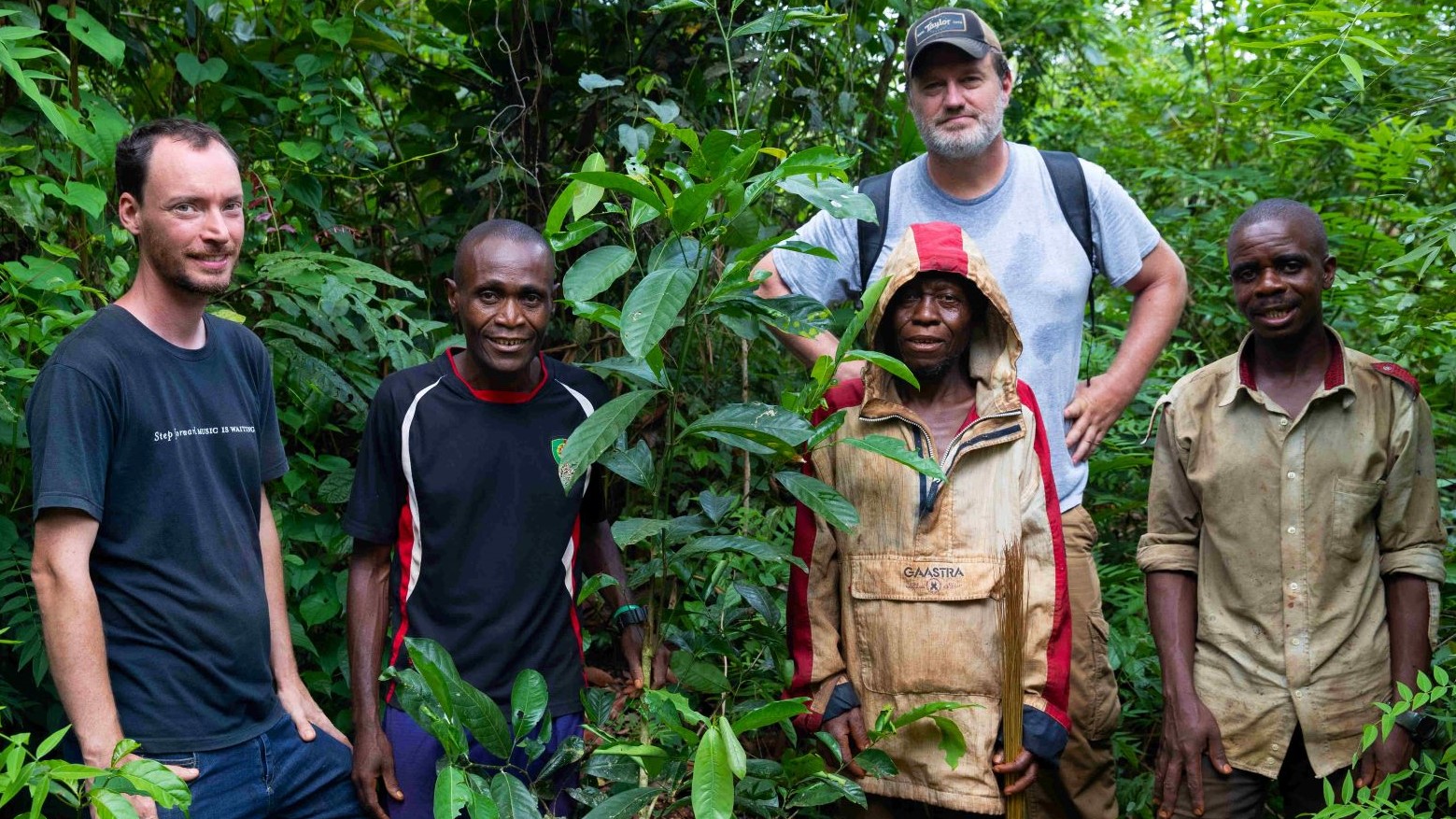
The Ebony Project’s roots date back to 2011, when Taylor partnered with Spanish tonewood supplier Madinter to purchase Crelicam, at the time a small, rundown ebony sawmill in Yaoundé, Cameroon. In 2016, they partnered with the Yaoundé-based Congo Basin Institute (CBI), a multi-institutional organization made up of universities and NGOs that focuses on finding solution to the region’s most pressing challenges.
The Ebony Project works to conduct basic ecological research into West African ebony, and is working with local villages to produce new ebony and fruit trees. They’ve already put some 5,000 trees in the ground and have another 15,000 growing in nurseries for planting.
What qualities make ebony such an essential tonewood?
All the latest guitar news, interviews, lessons, reviews, deals and more, direct to your inbox!
Bob Taylor: Ebony is not only hard, it’s tough. It was put on violins and other fretless instruments long before it was put on fretted instruments because you can push a string down to it, and it will work. Something softer isn’t going to sound good at all, and it will wear out. Ebony has all the essentials. It’s got a super-close grain, so it feels good on your fingers. It’s hard enough to hold frets, and it’s resonant enough to give good tone.
Ebony is ideal for fretboards and bridges, but more difficult to dry and prepare for sides and backs, as large pieces can crack between the sawmill and workbench. However, Madinter is having some success providing ebony sets to luthiers, and Taylor is making limited numbers of ebony guitars. This difficulty in drying is why ebony isn’t typically used for other common lumber purposes, such as furniture, and too much of the tree has always been left behind after you take the premium guitar pieces out.
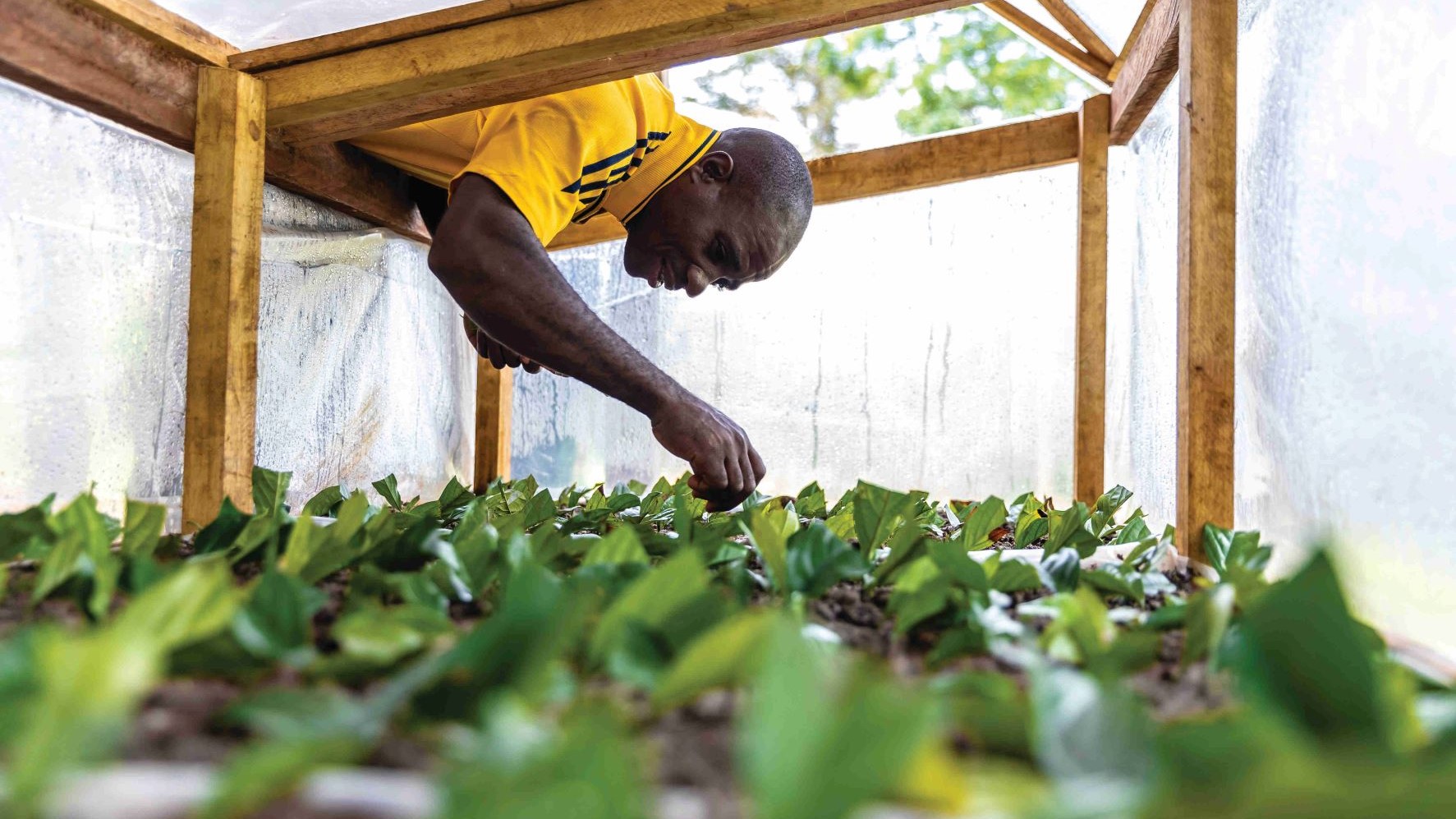
What are you doing to make the most of the ebony currently being harvested?
Taylor: We’re using more of the harvest by creating different products, and we’re changing the story about black ebony being the only color that’s aesthetically pleasing, which has been the notion for a long time. We’re using ebony that was rejected for violin fingerboards to make cool guitar hangers and slides, and soon we’re going to introduce ebony guitar picks. That’s not a novelty item. We’ve designed a totally legitimate, Andy Powers-approved pick that’s got some meat to it and is a real tone producer. I’ve also started another company, Stella Falone, that makes ebony kitchen woodcrafts, including cutting boards, tongs, pepper mills and salt-and-pepper shaker sets.
We’ve broadened the color spectrum that is acceptable for an ebony fingerboard. Our customers have responded well to highly colored ebony, and other brave manufacturers are getting into it as well. For instance, Fender is using Crelicam ebony on their Acoustasonics, so big props to them.
We’ve broadened the color spectrum that is acceptable for an ebony fingerboard.
Bob Taylor
It not only helps these trees make it into the instrument world rather than becoming firewood, it also helps keep trees in the forest, because we’re getting more product without cutting down more trees.
Only one out of 10 to 20 ebony trees actually has a true jet-black core. For decades, the tree cutters knew the market only wanted those, so they’d cut a tree down in order to see the color inside, but then take only the black ones to market. The others were left there to rot. That waste wasn’t acceptable to us, so we decided to bring them all in under the assumption that we’d figure out a way to use them.
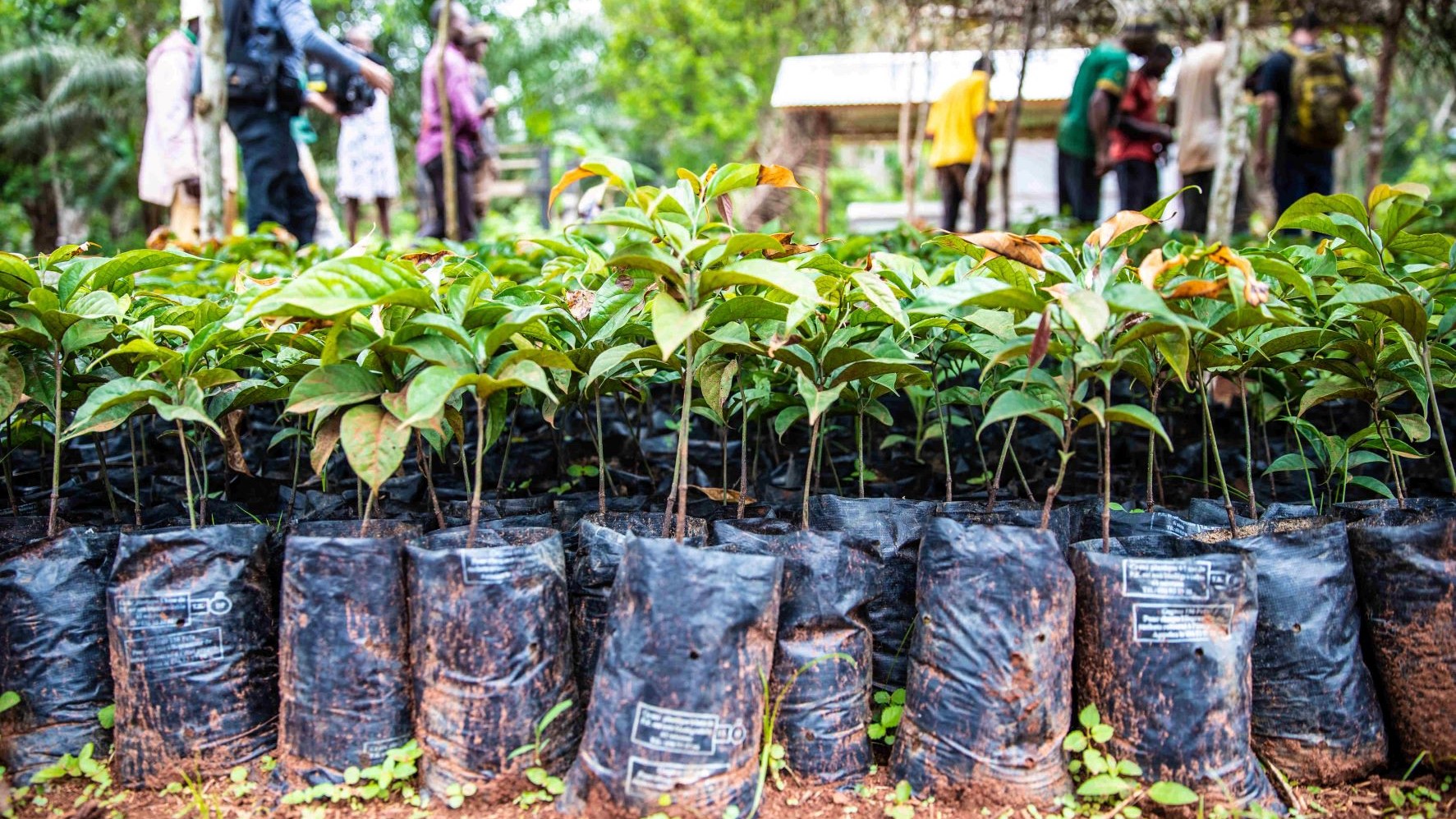
So what Taylor markets as smoky ebony is the same species as black ebony.
Scott Paul: The tonewood ebony from Cameroon is all the same species, Diospyros crassifloria Hiern, but the market has historically always wanted, or was only aware of, black ebony. I don’t know how that started, but it became a tradition. There was even a law in Cameroon a hundred years ago or so that said you can only bring black ebony to the port for export.
It was almost an accident of history, where the two sides of the supply chain were disconnected and not really aware of the realities on the two ends. When Taylor became vertically integrated and bought the Crelicam ebony mill, it may have been the first time a manufacturer was also the primary producer of the wood, and in turn learned that only a percentage of ebony trees are actually totally black inside.
Since there is zero tonal or acoustic difference, why are we wasting the resource? We began educating our customer base, and they’ve responded affirmatively. It also makes a guitar unique, special and your own.
Ebony was actually recently downlisted from “endangered” to “vulnerable” on the IUCN [International Union for Conservation of Nature] Red List of Threatened Species.
Scott Paul
So Taylor is turning what was once a negative cosmetic element into a positive thing for the forest – and for the guitar, since each piece is distinct. It makes one wonder how many ebony trees have been cut and abandoned because they were not black.
Paul: That’s been the fate of countless ebony trees since 1950 or 1960, when more industrial logging started in the Congo Basin. But the good news is that there are more trees in Central Africa than previous estimates suggested, and Cameroon lies at the heart of the ebony range.
Ebony was actually recently downlisted from “endangered” to “vulnerable” on the IUCN [International Union for Conservation of Nature] Red List of Threatened Species.
Taylor: Cameroon still has significant ebony, partially because its government has some specific laws about harvesting. There are 190,000 ebony trees in and around Cameroon large enough to be harvested legally, and 33 million approaching that size, although most are in protected areas.
It’s the only place that I’ve ever gotten my ebony from, and now we hold the permits to cut almost 40 percent of their annual limit set by the forest ministry. We do it with tender loving care, and we replant.
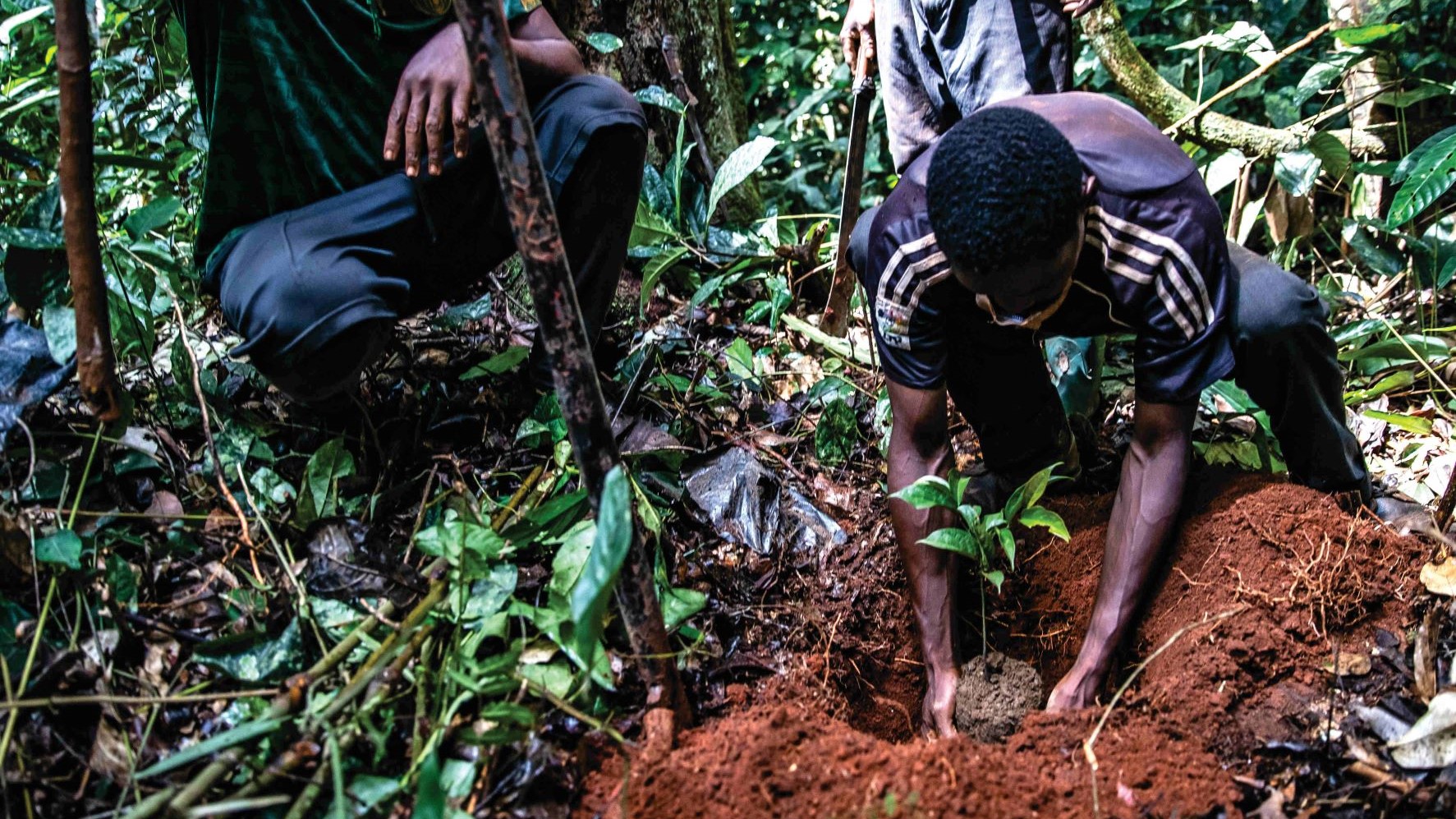
Can you relay some details about how the Ebony Project developed?
Taylor It started in 2011 when we bought the mill, which we almost didn’t do because we realized at the 11th hour that it had been “greenwashed” – meaning we found out there were illegal things going on. It made us very uncomfortable. But then we realized that if we didn’t buy it, I would never be able to use ebony on my guitars, and my partner Vidal de Teresa would never be able to sell it to guitar makers again.
We bought the place simply to be absolutely sure that we’d have legal wood. Essentially, the only way around the issue was to work through it. We put the responsibility on our shoulders. Getting the mill set up to function well was an uphill battle, and once we got some traction, we started asking ourselves some hard questions. How sustainable was the supply? There wasn’t much information to be found. We started to experiment with growing trees in a nursery at Crelicam. It turned out to be more difficult than we thought.
How did you figure it out?
Taylor: Through the Ebony Project. One day I was introduced to Dr. Thomas Smith. He runs the Institute for Tropical Research at the University of California, Los Angeles. Tom has been working in Cameroon for decades. He’s the real deal. He had started a collaboration with the International Institute of Tropical Agriculture to form the Congo Basin Institute. We met one day, and I agreed to fund a new project at CBI, the Ebony Project.
Tom then hired the right team of top environmental biologists, social scientists, some graduate students and postgraduate students. They’re all now doing some deep science. We started studying the ecology and biology of the ebony tree. We investigated how the flower is pollinated and how the seed is distributed across the forest to reproduce. We started growing trees in nurseries and, eventually, planting.
In a nutshell, the Ebony Project does two basic things. First, it conducts basic ecological research on what the plant is... The second thing the Ebony Project does is plant new trees.
Scott Paul
Paul: In a nutshell, the Ebony Project does two basic things. First, it conducts basic ecological research on what the plant is: how it lives and how it dies. And some of the most groundbreaking discoveries ever made about the species have happened during the past year. We have the first-ever images of the insects that pollinate the flowers, and the first hidden-camera images of the animals that distribute the seeds.
The second thing the Ebony Project does is plant new trees. The crucial element of the project is that we work with villages to produce ebony trees through cuttings or from seed, and then we pay them to nurture these baby plants in nurseries for two to three years, until the plants are strong enough for the villages to transfer them into various settings across their lands.
The project also produces a number of locally coveted fruit trees. That’s an important part of the formula, because these communities are planting ebony trees that are not going to be of any strict economic value until long after we’re dead, but the fruit trees will be ready in a few short years.
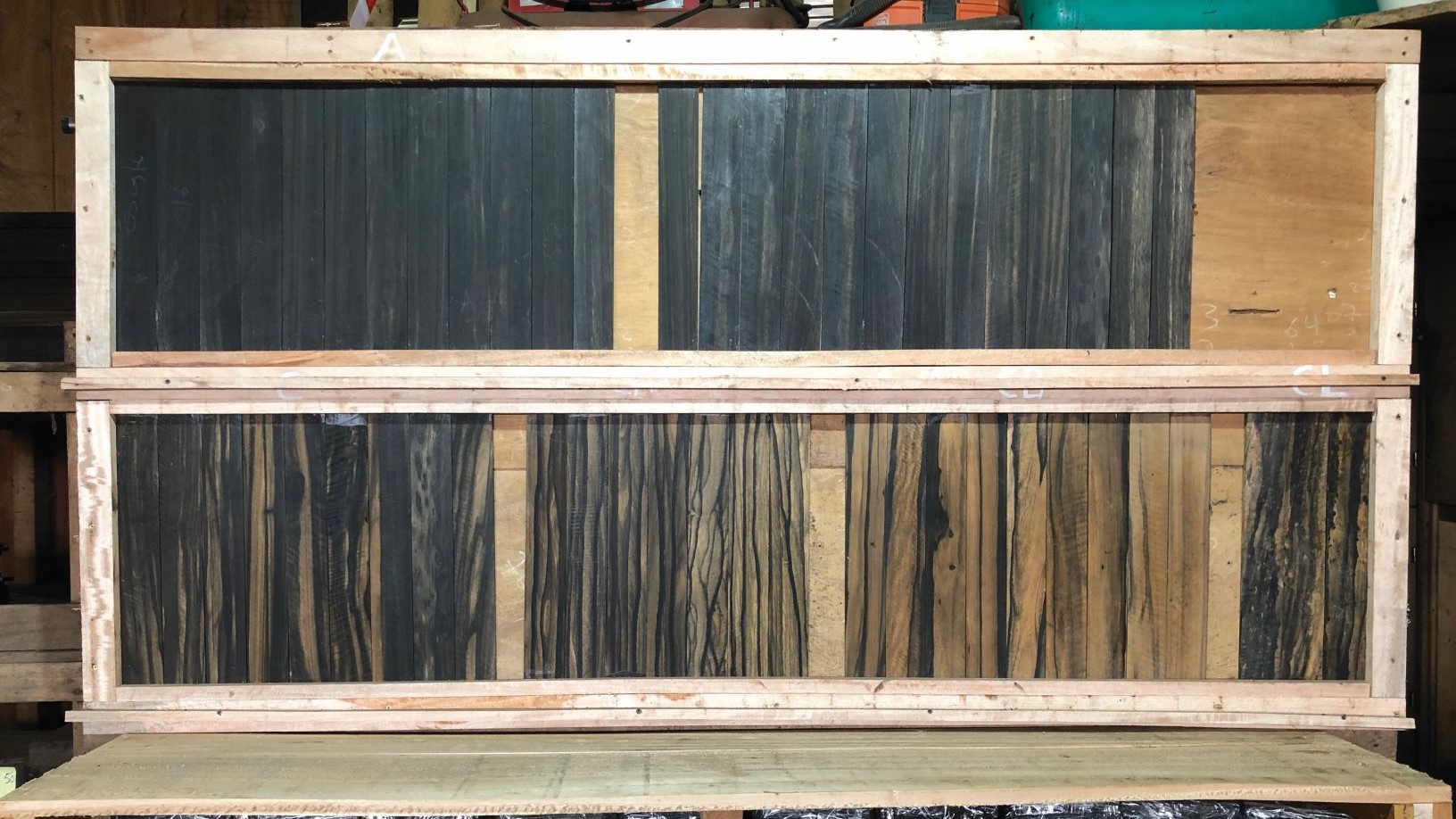
How long does one have to wait for an ebony tree to mature until it’s ripe for harvesting as a guitar component?
Paul: Nobody really knows. It will happen faster in an agroforestry setting where, for example, there’s more sunlight compared to a closed canopy forest setting. We’re planting in both. Surely, it will take at least 80 years, and maybe up to 120. Participating villages are paid a small sum for the first five years to produce, care for and ultimately plant the trees. The fruit trees take five to seven years to produce fruit that can be eaten, sold or traded. That’s the short- and long-term breakdown of the Ebony Project to the villagers.
Taylor: At this point in my career, when I look at a guitar hanging on a wall in a store, I consider who suffered so that I might have that guitar. And then I try to relieve that suffering. There have been too many wood suppliers, particularly in the developing world, that supply wood to the music industry without being part of the financial party. I don’t believe we should be making our money off of them. I want them to make a good living, be considered a part of our industry and share in the profits.
At this point in my career, when I look at a guitar hanging on a wall in a store, I consider who suffered so that I might have that guitar. And then I try to relieve that suffering.
Bob Taylor
What is the most meaningful certification that guitarists who are trying to support environmentally conscious manufacturers should look for when considering a purchase?
Taylor: Wow, that’s really hard. There simply isn’t a certification that I would bank on at this point. The player has to have true belief in a company that’s communicating well.
Paul: I believe in forest certification, but for a bunch of reasons it has proved extremely difficult to implement for acoustic guitars. That said, I honestly believe I can do more at Taylor Guitars in terms of pushing the envelope or moving the needle on environmental issues than I could at Greenpeace or any of the other high-profile environmental policy jobs I’ve held in the past.
Don’t get me wrong: Those groups do a great job and have their role, but simply put, everyone loves guitars. Bob calls it “the guitar love thing.” It’s an unparalleled position to get a message across. After all, what is a guitar but something that helps you tell stories and express thoughts?
Taylor: There’s a saying that goes, “If you think you’re humble, then you’re probably not.” The same applies to sustainability. Our goal here is sustainable ebony, but we don’t feel we’ve achieved it yet. We’re working on koa in Hawaii as well, and we have a few other projects up our sleeves. For Taylor, sustainability is a journey, and hopefully we’re moving in the right direction.
Visit Taylor's website for more information on The Ebony Project.
Jimmy Leslie is the former editor of Gig magazine and has more than 20 years of experience writing stories and coordinating GP Presents events for Guitar Player including the past decade acting as Frets acoustic editor. He’s worked with myriad guitar greats spanning generations and styles including Carlos Santana, Jack White, Samantha Fish, Leo Kottke, Tommy Emmanuel, Kaki King and Julian Lage. Jimmy has a side hustle serving as soundtrack sensei at the cruising lifestyle publication Latitudes and Attitudes. See Leslie’s many Guitar Player- and Frets-related videos on his YouTube channel, dig his Allman Brothers tribute at allmondbrothers.com, and check out his acoustic/electric modern classic rock artistry at at spirithustler.com. Visit the hub of his many adventures at jimmyleslie.com
